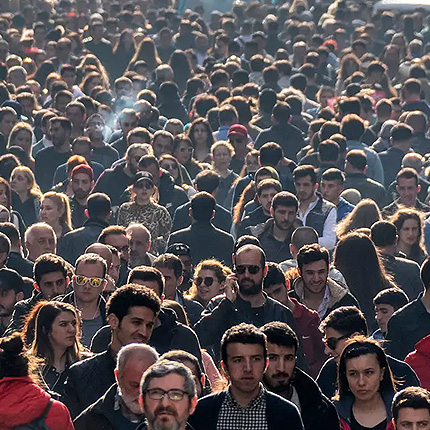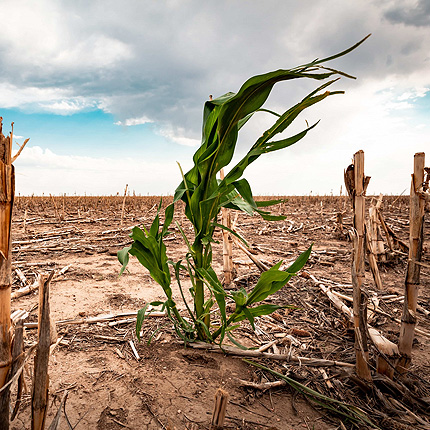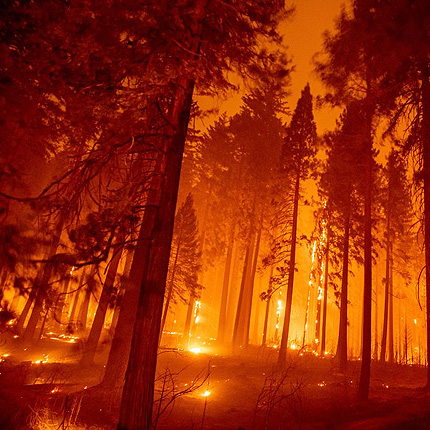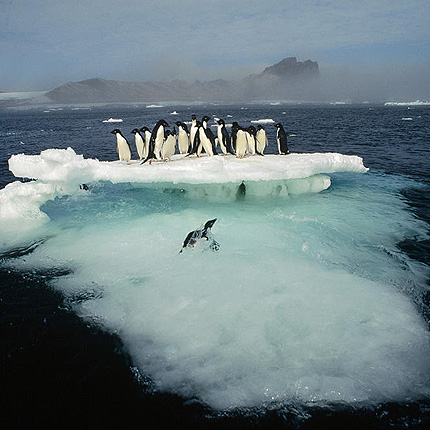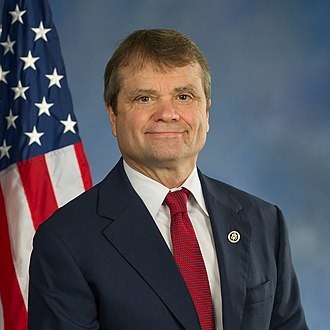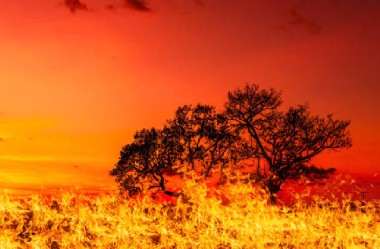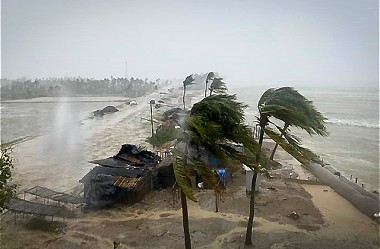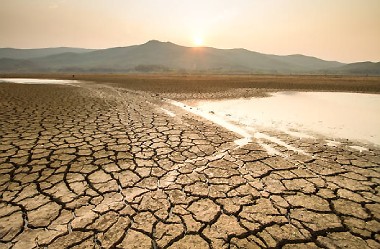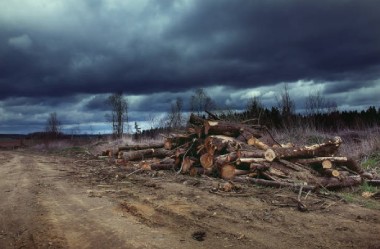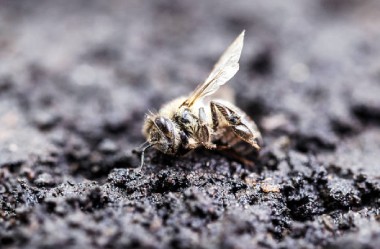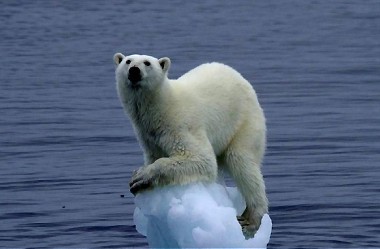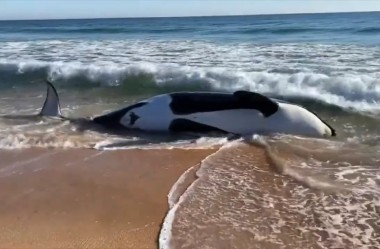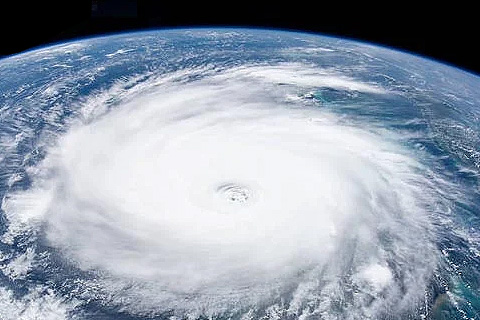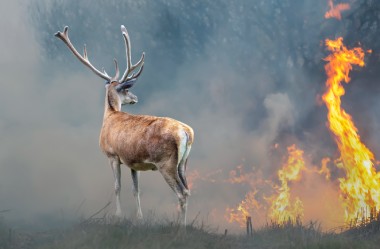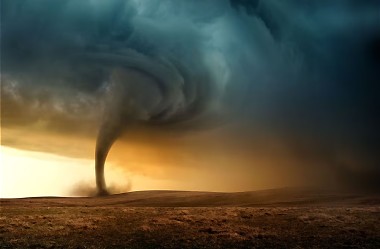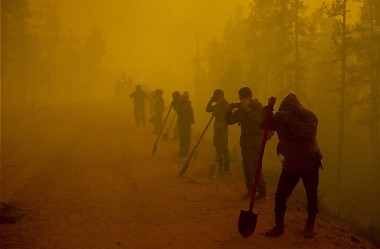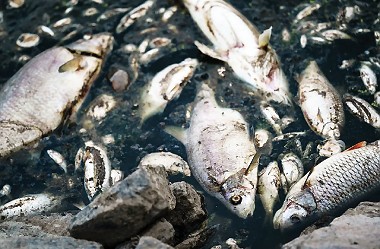Feeding a Growing Population by 2050 and 2100: Challenges and Issues
If we continue with "business as usual" practices in aquaculture and agriculture, we face significant challenges in feeding the world's growing population by 2050 and 2100. Here's a breakdown of the key issues that could hinder our ability to achieve food security while protecting the environment:
Demand Outpacing Supply
- Population Growth: A projected global population exceeding 9 billion by 2050 and potentially reaching 11 billion by 2100 will significantly increase food demand.
- Shifting Diets: Rising incomes in developing countries will likely lead to greater consumption of resource-intensive protein sources like meat and dairy, putting additional strain on resources.
Resource Constraints
- Limited Land Availability: Land suitable for agriculture is restricted and may decrease further due to climate change and urbanization.
- Water Scarcity: Water scarcity is a growing concern, impacting crop irrigation and overall food production capacity.
Climate Change and Food Production: - Extreme Weather Events: Increased frequency and intensity of heatwaves, droughts, floods, and other climate extremes can disrupt agricultural production cycles and lead to crop failures.
- Altered Climate Patterns: Rising temperatures and changing precipitation patterns can alter crop suitability in certain regions, potentially disrupting established food production systems.
- Sea Level Rise and Salinization: Coastal agricultural areas are at risk from rising sea levels and saltwater intrusion, potentially reducing arable land and impacting food security in coastal regions.
Impact on the Paris Agreement Goals
- Agricultural Emissions: Livestock production and intensive agriculture practices are major contributors to greenhouse gas emissions, including methane and nitrous oxide. These emissions could hinder efforts to achieve the Paris Agreement targets of limiting global warming to 1.5-2 degrees Celsius.
- Food System's Contribution: The entire food system, from production to transportation and waste management, contributes to greenhouse gas emissions. Addressing food security challenges necessitates considering the environmental impact of current practices.
Biodiversity Loss and Food Security
- Loss of Pollinators: Biodiversity loss, particularly the decline of pollinator populations due to habitat destruction and pesticide use, threatens food security by impacting the reproduction of many crops.
- Disruption of Ecosystem Services: Healthy ecosystems provide vital services that support food production, such as soil fertility, pest control, and water regulation. Biodiversity loss can disrupt these services, jeopardizing long-term food security.
Significant Contribution of Food Production to Emissions
- Current agricultural practices are a significant source of greenhouse gas emissions, accounting for roughly 24% globally.
- This vast contribution puts immense pressure on our ability to stay within the emissions budgets for limiting global warming (1.5°C or 2°C).
Emissions from Various Sources
- Livestock: Methane emissions from enteric fermentation and manure management.
- Fertilizers: Nitrous oxide emissions from nitrogen fertilizer use.
- Land-Use Change: Deforestation and habitat conversion for agriculture release stored carbon.
Complexity of Reduction Efforts
- Difficulties in reducing emissions from livestock, mainly methane.
- Competition between food security and emissions reduction goals (e.g., some emission-reducing practices might affect crop yields in the short term).
- Challenges of balancing increased food production with sustainable land management practices.
Systemic Hurdles
- Dietary Shifts Required: Due to cultural preferences and economic factors, a global shift away from resource-intensive animal-based proteins can be challenging.
- Economic and Political Considerations: Economic feasibility and established political interests can hinder the implementation of widespread changes in agricultural practices. Farmers might be reluctant to adopt new methods if perceived as less profitable.
Knowledge and Technology Gaps
- Knowledge gaps regarding the most effective and scalable ways to reduce emissions from certain practices.
- Limited adoption of technologies that could significantly reduce emissions while maintaining food production levels.
Global Cooperation Challenge
The challenge requires international cooperation and knowledge sharing among countries with diverse agricultural practices and resources.

